DIY-Materials
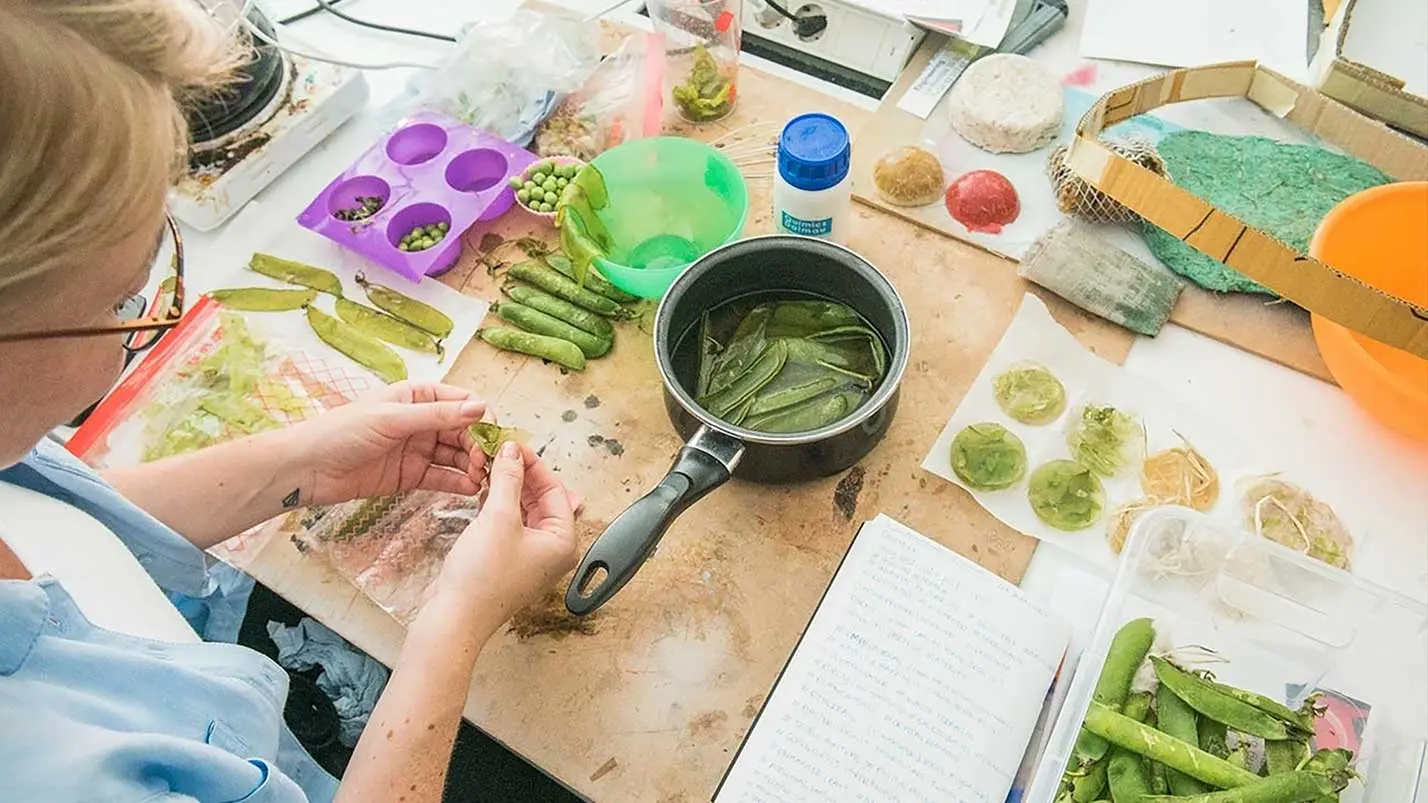
Materials are unquestionably one of the main players in the design process. It is through materials and associated technologies that the future of the artefact and its relationship with users and the environment are determined. The principle behind the development of materials following the Do It Yourself Materials (DIY-Materials) approach emerged within the concept of the Materials Experience, which describes a holistic view of materials in design that allows us to understand and define how a material can influence thought, feeling and action.
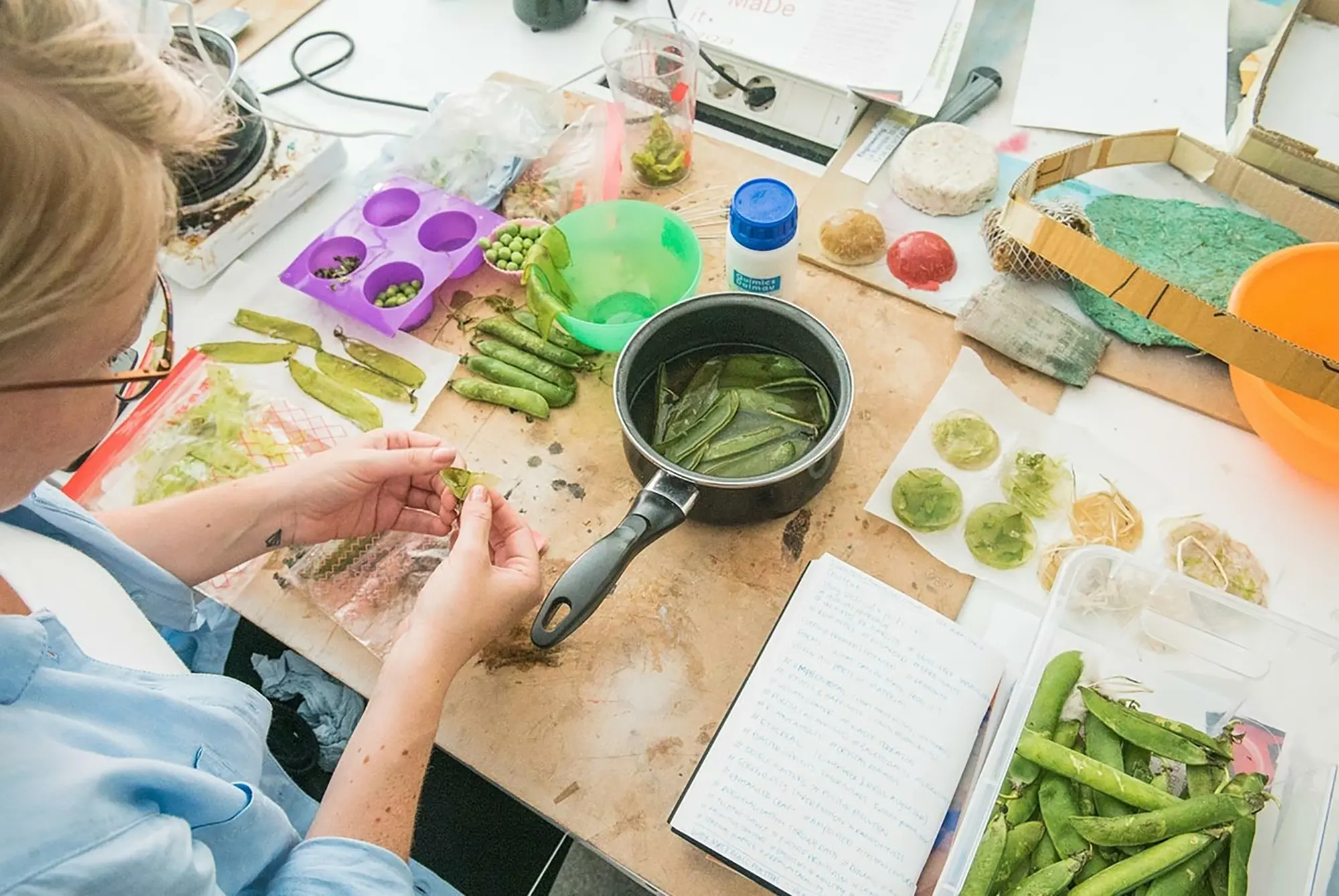
DIY-Materials are defined as an emerging material experience and are created through individual or collective self-production experiences, often with techniques and processes of the designers own invention, as a result of a process of "Material Tinkering", i.e. through creative experimentation with substances, ingredients and processes. These may be new materials, created by adding other elements, or they may be modified or further developed versions of existing materials.
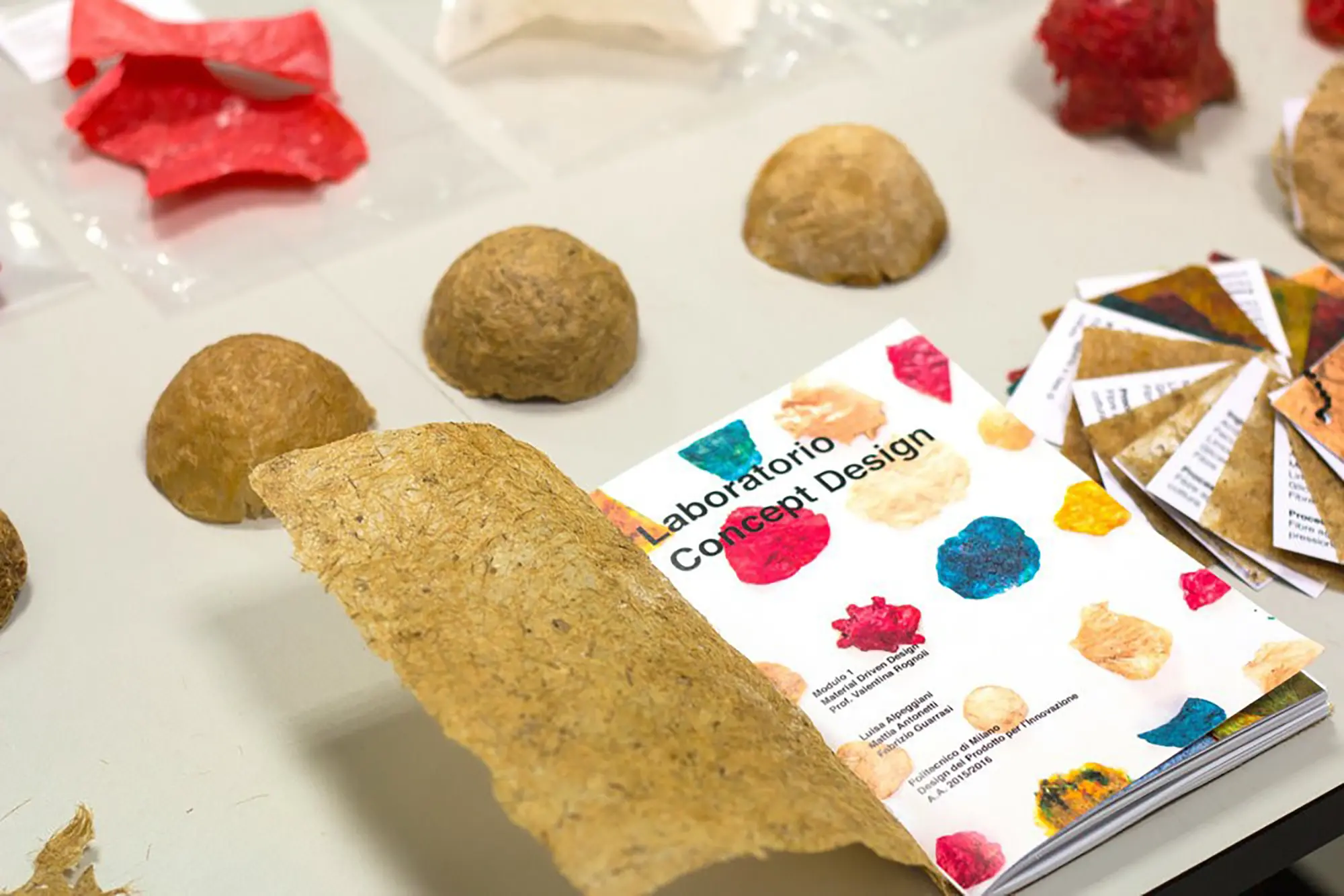
The cross-disciplinary research group DIY-Materials was founded and is still led by Valentina Rognoli, Associate Professor at the Department of Design of the Politecnico di Milano, with the participation of Italian and international researchers.
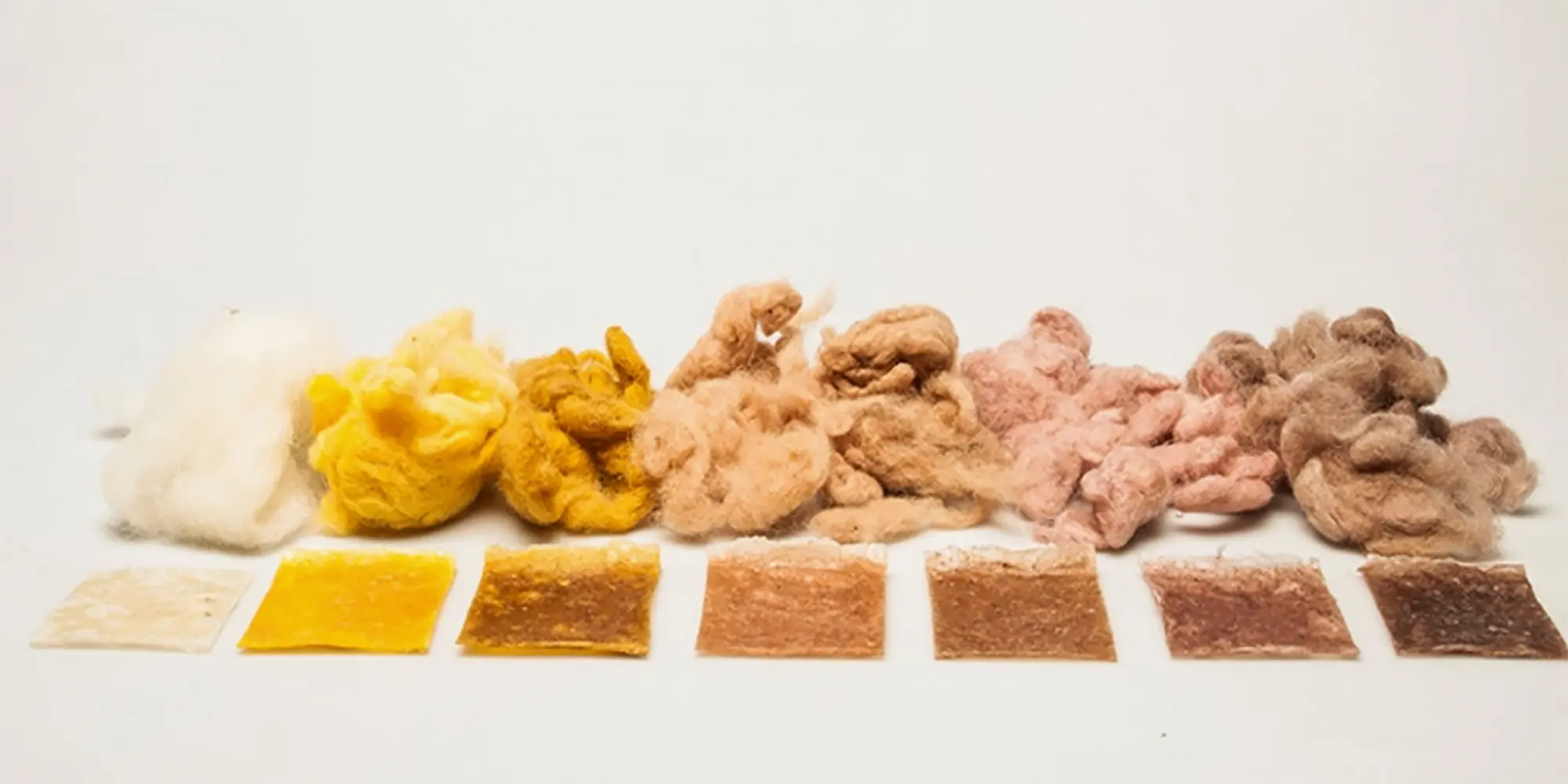
It is easy to determine the origin of traditional materials - it is certain that plastic comes from oil and glass from silica - while the origins of DIY materials are not so obvious. Their classification is based mainly on the origin of the material or the materials of which they are composed, and is inspired by the taxonomy of Linnaeus, the Swedish botanist, zoologist and physician who in 1758 collected the elements of the earth in his Systema Naturae.
Therefore, in order to facilitate the classification and understanding of DIY-Materials, five groups have been defined, referred to as kingdoms. From the more traditional and easily imaginable Kingdom Vegetalia, Kingdom Animalia and Kingdom Lapideum to the more complex and less obvious Kingdom Recuperavit and Kingdom Mutantis, referring respectively to materials born from waste and those
materials born from the evolution and mutation of ingredients, even from different sources, through the use of a specific technology.
Following this scheme, a database *www.diymaterials.it * has been developed, presenting several case studies and some materials created within the research group by individual designers or by groups. This database is intended to be an archive of inspiration for future research around the topic of self-produced materials.
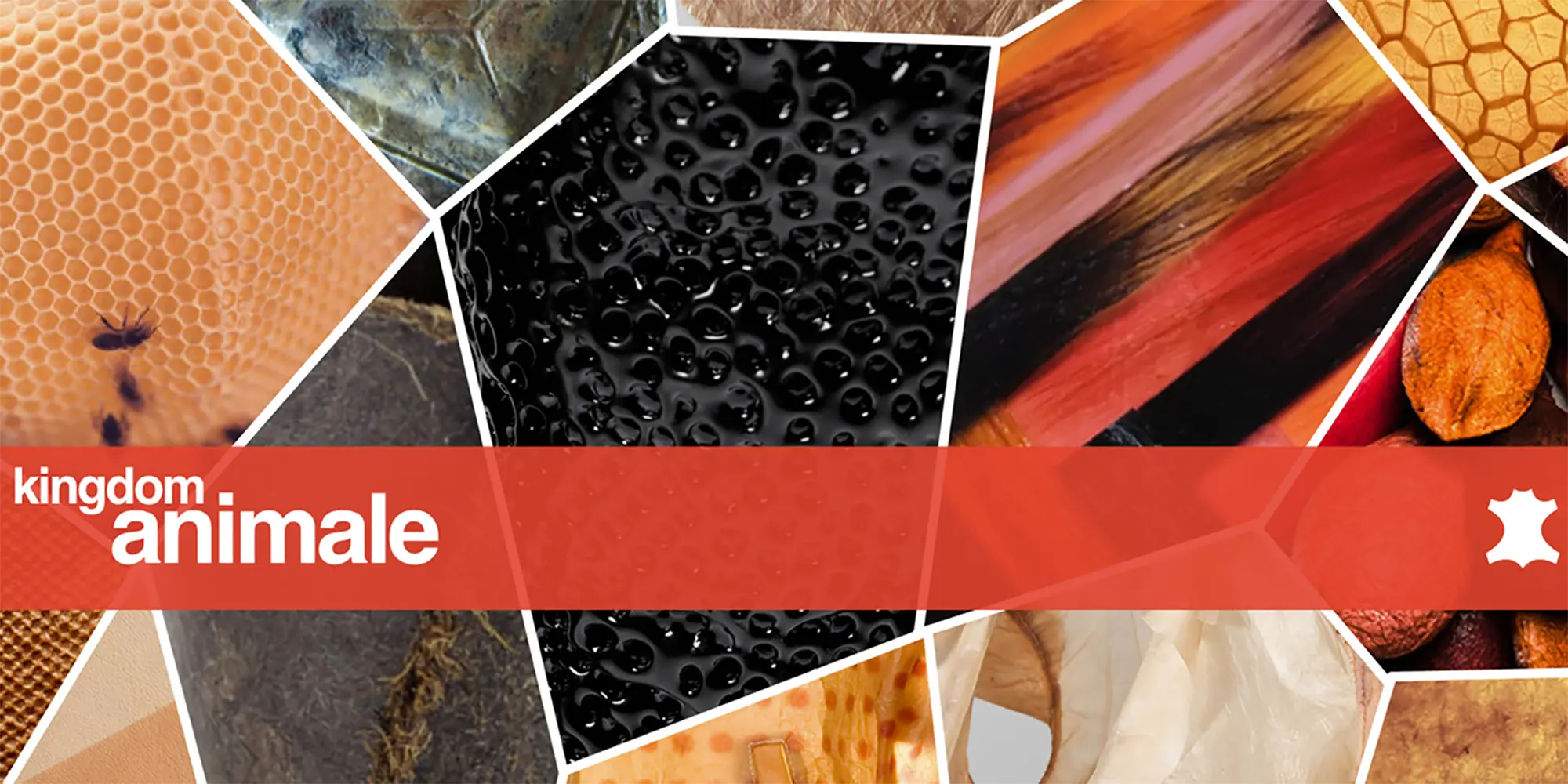
In addition to the DIY-Materials activities, the research group focuses, both theoretically and practically, on cross-disciplinary topics related to materials for design, circular and sustainable materials, connected materials and interactive systems. In addition to consolidating its research themes with funded research and projects, the DIY-Materials research group intends to intensify its actions in the area of bio-fabrication, the manufacture of materials and artefacts using living organisms such as algae, mycelium and bacteria, through doctoral research, projects and cooperation at the international and national level.
Staff
Prof. Valentina Rognoli: Materiali per il Design, Materials Experience e sensorialità, materiali emergenti e circolari (bio-based, smart, interattivi per IoT, ... ), Materiali DIY; speculative materials
Ziyu Zhou (PhD student): material education in design, material speculation
Barbara Pollini (PhD student): materiali e sostenibilità, materiali da scarti, materiali bio-based, circular materials, biodesign e biofabrication
Luca Alessandrini (PhD student): materiali da scarti, piattaforma di biobased materials
Dr. Stefano Parisi (assegnista di ricerca su progetto Erasmus+ Datemats, coordinato da Venere Ferraro): materiali e tecnologie interattivi, connessi, e smart (ICS Materials); hybrid material systems; material sugmentation.
Partners/membri del network (nazionali, europei, internazionali)
Università Vanvitelli, Napoli: Prof. Carla Langella
UniBZ: Prof. Aart van Bezooijen
HfG Offenbach: Prof. Markus Holzbach
Tu Delft: Prof. Elvin Karana
Elisava: Prof. Laura Cleries
Sheffield Hallam University: Prof. Daniela Petrelli
Los Andes: Prof. Camilo Ayala-Garcia